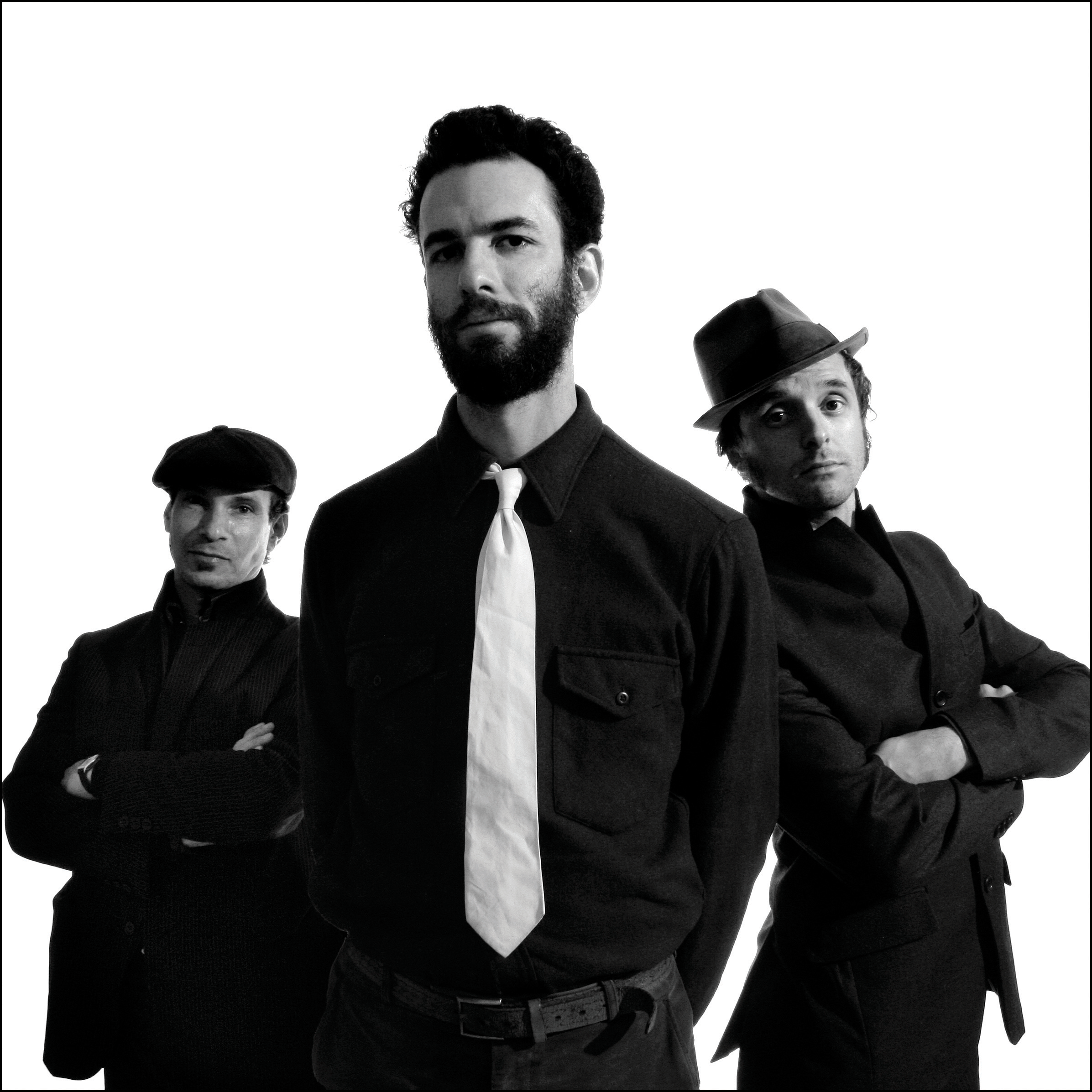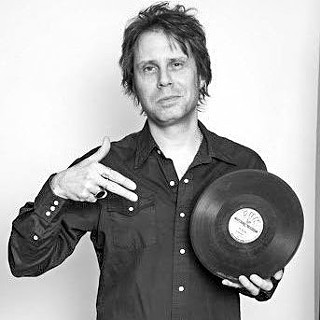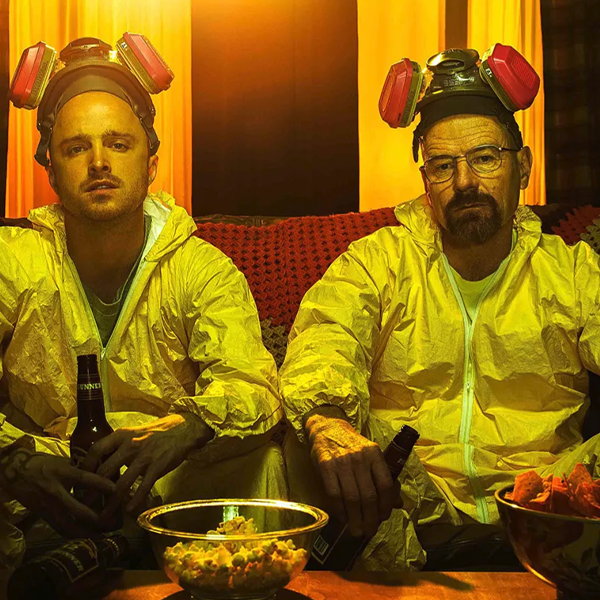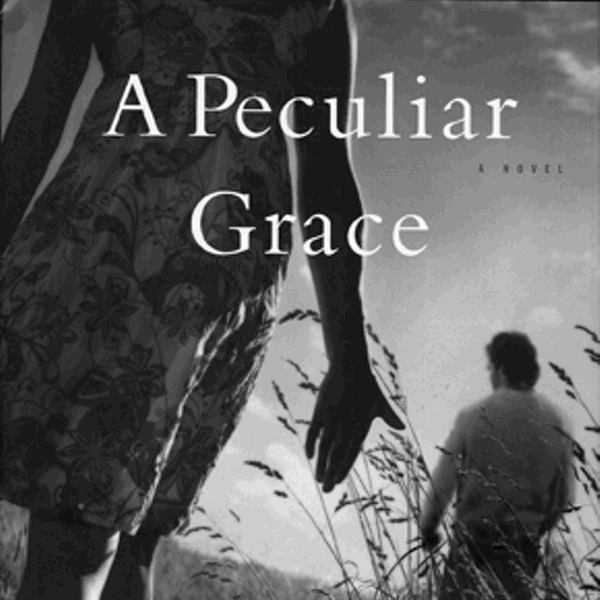Off to See the Wizard
[]
The cultural impact of the film The Wizard of Oz is simply a given, so pervasive as to be unquantifiable. Over the years, the Homeric yarn has seen allegorical interpretations that make its case as everything from a veiled polemic on bimetalist economics in a 1902 stage adaptation (with the Yellow Brick Road representing the gold standard) to a coming-out parable (Dorothy, played in the film by gay icon Judy Garland, exits her repressive, black-and-white Kansas for the welcoming, Technicolor Oz). This month, however, the mutable fable gets an innovative new airing with the release of Twist (Independent), the fifth album by roots-revisionist band the Wiyos.
Rather than being yet another collection of retreads of the film’s Harold Arlen-Yip Harburg chestnuts, Twist is a song cycle loosely based on the Hollywood epic. The disc’s 14 tracks offer dreamlike, impressionistic, wryly funny snapshots rendered via the Wiyos’ high-energy cabaret/blues rock. The introductory “Yellow Lines,” pumps with barrelhouse piano and honking brass and harp, its verses a winking nod in line with film’s infamous stoner appeal (“the Knickerbockers [who] stop to smoke their bowls,” and old Farmer John, who won’t share his joints), and the hazy, pastoral “Poppy Fields” aptly amps the hallucinogenic quotient. “Scarecrow 2” staggers with Tom Waitsian drunkenness and trucks out like a rockabilly train asit serves up contemporary commentary by its titular character, who laments his lot amid encroaching Monsanto factory farms. Recorded over the course of a year, Twist unravels, track by track, like a surreal Americana opus—Big Pink meets Pink Floyd.
“We all love the movie; it’s a classic ‘hero’s journey’ story,” says vocalist Michael Farkas, who also plays harmonica, accordion, and percussion. “But as the title alludes, [the album] is our own ‘twist’ on it. It’s this crazy, psychedelic, poetic storyline that people can enter to find their own narrative. There’s some satirical stuff in there, but it also relates to the touring experience: You might play in some palatial theater one night and in the morning wake up under a park bench. Plus it also reflects all of the changes that have happened with the band over the years.”
For the Wiyos there have been many changes, and many journeys, since the group began. The act’s online bio starts like a parlor joke: “In 2002 Michael Farkas walked into a bar in the old Five Points district of lower Manhattan. Sitting in the corner was Parrish Ellis with a guitar. Michael pulled out a harmonica and 24 hours later…a band was born.” A simplified account, perhaps? “No, that’s pretty much what happened,” recalls Farkas. “I met Parrish like that, and the next day I sat in on a gig he had at CBGB’s Gallery with Joebass [aka Joseph Dejarnette]. It felt really right.” Taking their name from a 19th-century Five Points street gang, the young trio hit the rails with its steampunk trunk of old-timey acoustic jugband blues and ragtime swing, cutting 2003’s Porcupine (Independent) and busking in New Orleans. And busking was in Farkas’s blood long before the Wiyos came to be.
Farkas grew up on Long Island. His family kept a second home near Cold Spring, the town he’s lived in since 2010. While attending Syracuse University, a friend opened a musical door when he made him a mixtape of New Orleans radio broadcasts featuring Delta and Crescent City blues greats like Professor Longhair. After Farkas’s grandfather died, in the old man’s attic the aspiring performer found a dusty movie projector and a box of vintage film reels of silent classics starring Charlie Chaplin, Buster Keaton, and others. The movies hooked him hard. “I got the projector working, and I’d make my own soundtrack by playing on pots and pans and other junk,” says Farkas, foreshadowing the washboard and percussion rack he would later use as a Wiyo. “And those old movies also led me to study to become a mime.”
Yes, Farkas is a trained mime, and studied at Ohio’s Goldston-Johnson School of Mime and even briefly in Paris with Marcel Marceau himself. For a period he lived and worked as a street performer in San Francisco, where he began to incorporate visual humor into his act. “The scene there was very competitive,” Farkas explains. “To keep a crowd, you needed to do it all. So I started working in gags to grab people’s attention.” Such gimmicks would later become integral aspect to the silent persona he developed for the early Wiyos, as the band released two more CDs of stripped-down hokum (2006’s Hat Trick and 2007’s self-titled set) and honed its barnstorming vaudeville approach. “We’d crash music industry conferences and play unannounced in the hotel lobby,” says Farkas. “We were pretty punky back then.”
It was at one of these industry schmooze-fests that the threesome met up with guitarist, singer, and multi-instrumentalist Teddy Weber. Then a member of rural country unit the Hunger Mountain Boys (profiled in the July 2007 issue of Chronogram), Weber felt a ready kinship with the Wiyos. “We were aware of each other’s bands. We’d been playing a lot of the same places on what I guess you’d call the ‘new folk’ circuit,” says Weber on the line from his Vermont rental. “I started sitting in with them, played on some recordings. I ended up joining full time when the Hunger Mountain Boys stopped because [co-founder] Kip Beacco had his second kid and couldn’t really tour.” Weber arrived at a pivotal juncture, around the time the Wiyos had added electric instruments and beatboxer Adam Matta to the mix for 2009’s decidedly eclectic Broken Land Bell (Independent). The set’s healthy helping of expected acoustic numbers went down well with longtime fans, but some were put off by its juxtapositions of banjos with carnival-announcer megaphone vocals and dashes of rock and hip-hop. “We still love playing the acoustic stuff, but we’ve always had diverse musical interests,” says Farkas. “My favorite bands have always been the ones that evolve. Actually, Adam’s vocal percussion, the beatboxing, is a lot like what the Mills Brothers did in the 1930s [the prewar vocal quartet’s imitations of various instruments was a signature device], so to me it fits in with the ‘old-time’ thing.” But while the move may have cost the outfit some of its more tradition-obsessed fans along the way, it was about to gain many more. In 2009, the band, by now a quintet, was featured on “Folk America: Hollerers, Stompers, and Old-Time Ramblers,” a BBC documentary. And later that year, something else happened that was pretty amazing: The Wiyos were invited to tour with Bob Dylan.
“One of our CDs made its way to his booking agency,” Farkas says. “We were told Dylan loved it and asked to have us as on the tour of old baseball fields he was doing with Willie Nelson and John Mellencamp.” The band went over surprisingly well as the first-up opener, although Farkas’s guerilla performance tactics occasionally created some unplanned fracas. “I’ve dropped it now, but at that time I was still doing this silent-performance persona for shows. Before we went on, I’d go into the audience and do an interactive clown routine, and then hop up and join the band onstage just as we were starting the set. But even though the actual tour security people knew who I was and what I was doing, the security people at most of the ballparks didn’t. So sometimes there’d be these stadium police chasing me through the stands, Keystone Cops style. We never got to meet Dylan, but he had someone else on the tour give me one of the harps he played. Which of course still blows me away.”
Yet despite the Dylan slot and the newfound fans, Parrish and Dejarnette were spent as touring musicians and left in early 2010. Farkas and Weber brought in bassist Sauerkraut Seth Travins (whose nickname derives from his work in organic lacto-fermentation at Hawthorne Valley Farms), and the three recorded an EP, Foxtrots, Polkas, and a Waltz (Independent) with guest Andy Bean of the Two-Man Gentleman Band. Then came an odd call from Nick Johnson, Farkas’s old teacher at the Ohio mime school. Johnson, now at Kansas’s Wichita State University, had been working on a project called “The Wiyos of Oz,” a modern dance performance that combined The Wizard of Oz story with the music from Broken Land Bell, and had secured funding to hire the band as live accompaniment.
“I think what gives the Oz story its resonance with people is that everybody loves a little magic, everybody likes to dream,” says Johnson. “The Wiyos’ music was perfect [for the production] because like the show—which was this odd combination of dance, mime, live musicians, and projections—it encompasses many things but also defies categorization. [The music on] Broken Land Bell lent itself well to the project because, like the story, it has a mood of deep longing and that sense of joy and adventure that comes from being on the road.” “It was pretty amazing,” Weber recalls about the project. “When we got there, we walked into this rehearsal room and there were all of these dancers working on choreographed routines to recordings of our music. The whole thing got us thinking, ‘Hey, we should really do our own take on The Wizard of Oz.’”
Once they weren’t in Kansas anymore, Weber, Farkas, and Travins started working up the material for Twist and booked time at Catskill’s Old Soul Studios with owner and producer-engineer Kenny Siegel of the band Johnny Society. During the process Siegel ended up joining the band as an adjunct member on keyboards, bringing along his Johnny Society band mate, drummer Brian Geltner. A five-piece once more, the Wiyos got reacquainted with the road and in late November performed at one of Levon Helm’s celebrated Midnight Ramble sessions in Woodstock. “[Playing the Ramble] was just incredible for us,” gushes Farkas, adding that he and his four cohorts are, unsurprisingly, staunch fans of The Band. “At the end of the night, we played [The Band’s] ‘The Weight’ with Levon’s band. They had me take a verse, and while I was singing I looked over at Levon and he was smiling at me. That was just…‘Wow!’”
Last fall, Farkas signed on as a faculty member at the Beacon Music Factory, a music school spearheaded by his old friend, teacher and musician Stephen Clair. “Besides teaching mouth harp, I’m planning classes on making kazoos and washboards and helping kids put together their own junk-band orchestras. It’s a lot of fun.” The Wiyos’ most devoted following is in the folk-and-blues-friendly UK, where they’re touring again in February. This month, however, they’re holding a release party for Twist at Hudson’s Club Helsinki, where in the past they’ve hosted “Gamville,” a recurring revue featuring other area acts. But while the band will continue to do shorter jaunts in support of the new record, Farkas maintains that for now there no plans for the rambunctious long-form tours of yore. “We have day-jobs and family obligations now,” he says. “So for the most part we’ll be sticking close to home.”
And as someone once said, three times while clicking her heels together, “There’s no place like home.”
The Wiyos will perform at Club Helsinki in Hudson on January 28.
















